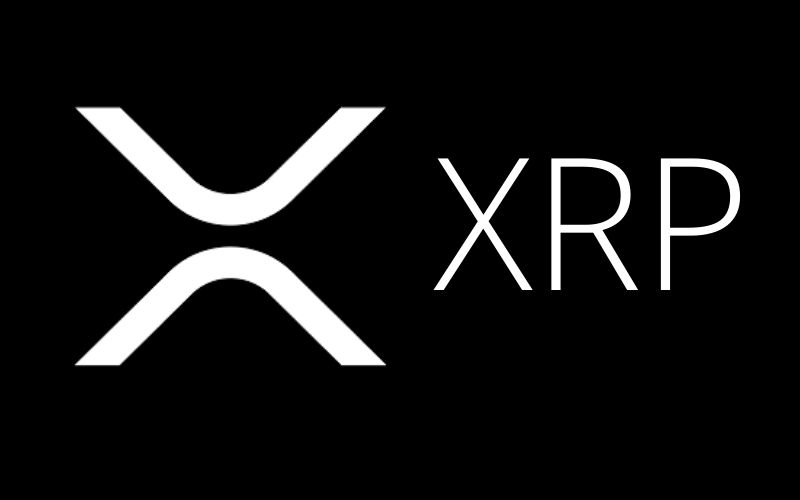As recently reported by Whale Alert, the tracker of large cryptocurrency transactions from and to crypto exchanges, a crypto whale transferred 699,999,981 XRP worth $141,383,380, from Bithumb exchange to an unknown wallet.
According to XRPL Monitor that also tracked and reported the huge transaction, the fee of the transfer was 0.00001 XRP only.
Going by Whale Alert’s transaction record, the transfer was effected on 3rd June 2020, at 09:48:30 UTC, from a wallet belonging to Bithumb exchange to an unknown wallet rhRNxoEg4e1gpKoKqrSgHx6cP5iWif5zkK.
“699,999,981 XRP (141,383,381 USD) transferred from Bithumb to unknown wallet,” Whale Alert reported.
🚨 🚨 🚨 🚨 🚨 🚨 🚨 🚨 🚨 🚨 699,999,981 #XRP (141,383,381 USD) transferred from #Bithumb to unknown wallet
— Whale Alert (@whale_alert) June 3, 2020
Ripple Escrow Locked In 800 Million XRP
On the first day of June 2020, Ripple, the cross-border payment firm that oversees the distribution of the digital token XRP, released its regular amount of 1 billion XRP from its escrow vault. Howbeit, 800 million of the transaction was transferred back on the same day.
Such a transaction is regularly conducted by Ripple on the first day of each month.
Siam Commercial Bank (SCB) Warns Its Customers of Scammers Using LINE App
Siam Commercial Bank (SCB), the largest bank in Thailand and one of the largest banks in Asia, has in a recent article warned its customers of the new way of scammers’ perpetration using the popular Japanese messaging app, LINE, to steal their personal data.
SCB is in partnership with Ripple, and it’s using the San-Francisco blockchain decacorn’s payment technology, RippleNet, to effect payments across the world.
In the article, SCB explained that the bank uses LINE to interact with its clients, but a lot of scam cases have surfaced lately.
How Scammers Impersonate SCB Support Desk
Fraudsters impersonate the SCB support desk by setting up fake SCB customer service accounts on Line to reach out to the bank’s customers.
In the course of interacting with SCB customers, scammers ask them to confirm their identity by providing data, such as date of birth, ATM code, and code for mobile banking.
